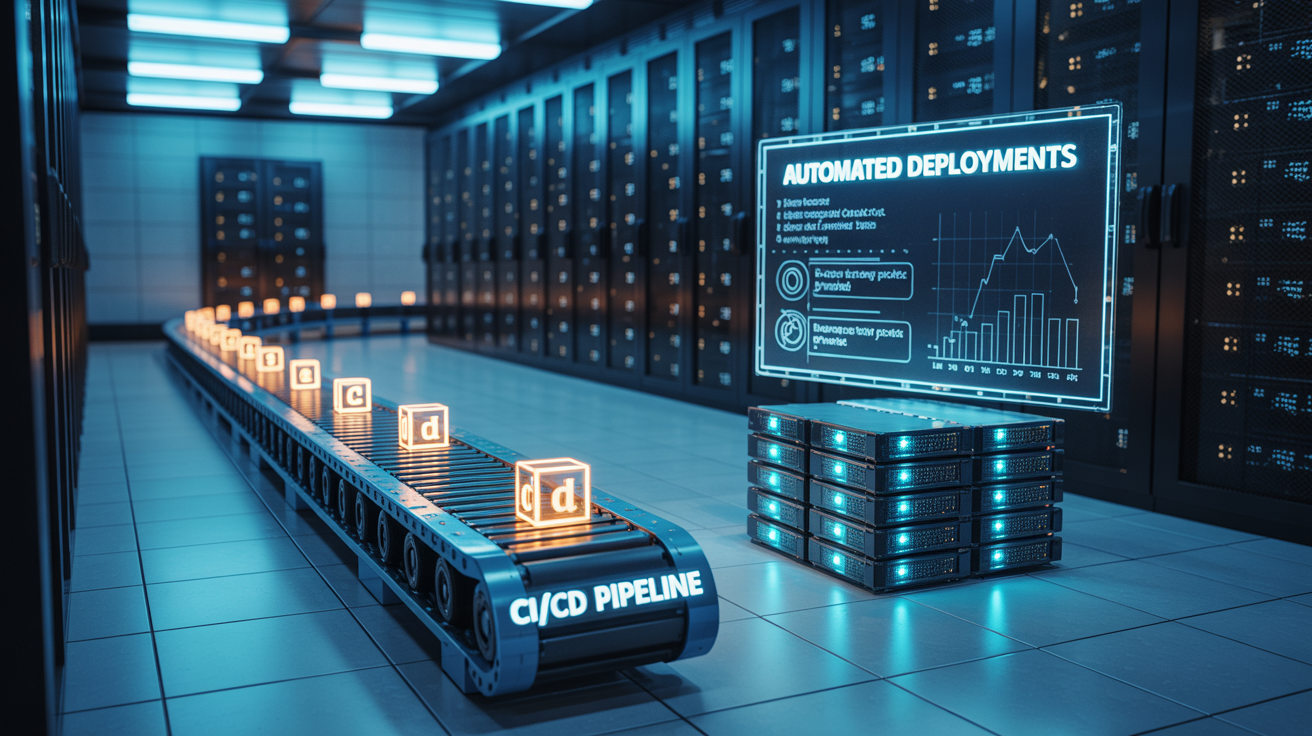What is Serverless?
Serverless is a cloud computing model where applications run without requiring developers to manage or provision servers. Instead, cloud providers automatically allocate resources, scale workloads, and charge only for actual execution time. Serverless computing is commonly used for event-driven applications and microservices architectures.
How Does Serverless Work?
Serverless platforms execute functions or applications on demand, dynamically allocating compute resources. The key components include:
- Function-as-a-Service (FaaS): Executes small, stateless functions in response to events (e.g., AWS Lambda, Azure Functions, Google Cloud Functions).
- Backend-as-a-Service (BaaS): Provides pre-built backend services like authentication, databases, and messaging.
- Event-Driven Execution: Functions trigger based on events such as HTTP requests, database changes, or scheduled tasks.
- Auto-Scaling: Resources automatically scale based on demand without manual intervention.
Why Use Serverless?
Serverless computing eliminates the need for infrastructure management, enabling faster development and cost efficiency. It is ideal for applications with unpredictable workloads, event-driven architectures, and real-time data processing.
Key Features of Serverless
- Zero Server Management: No need to provision or maintain infrastructure.
- Pay-Per-Use Pricing: Costs are based on execution time and resource consumption.
- Automatic Scaling: Instantly adjusts resources to meet demand.
- Event-Driven Architecture: Functions trigger based on specific events.
Benefits of Serverless
- Faster Development: Focus on writing code instead of managing infrastructure.
- Reduced Costs: No idle resource charges, as billing is based on execution time.
- Improved Scalability: Automatically scales up or down with demand.
- Resilient and Secure: Managed by cloud providers with built-in fault tolerance and security.
Use Cases for Serverless
- API Backend: Handles HTTP requests with lightweight serverless functions.
- Data Processing: Transforms and analyzes data in real time.
- Chatbots and AI Workflows: Executes AI-based tasks efficiently.
- IoT Applications: Processes sensor data with event-driven execution.
Summary
Serverless computing enables developers to build and deploy applications without managing infrastructure. By leveraging auto-scaling, event-driven execution, and pay-per-use pricing, serverless solutions provide high efficiency, cost savings, and faster development cycles.



